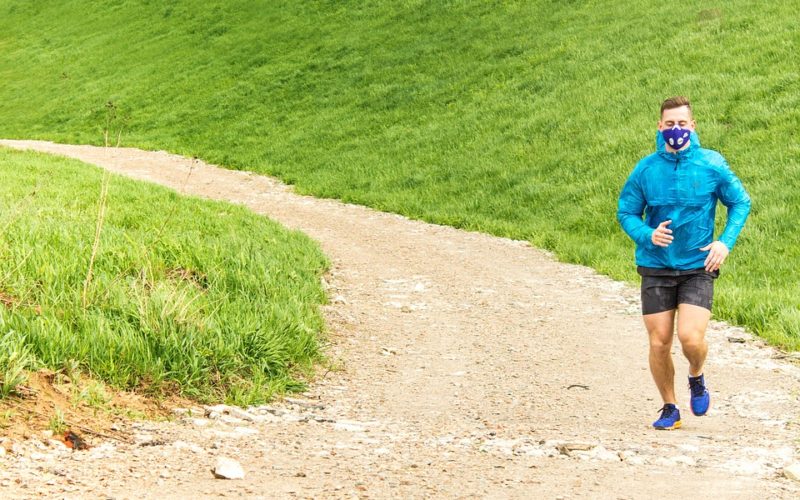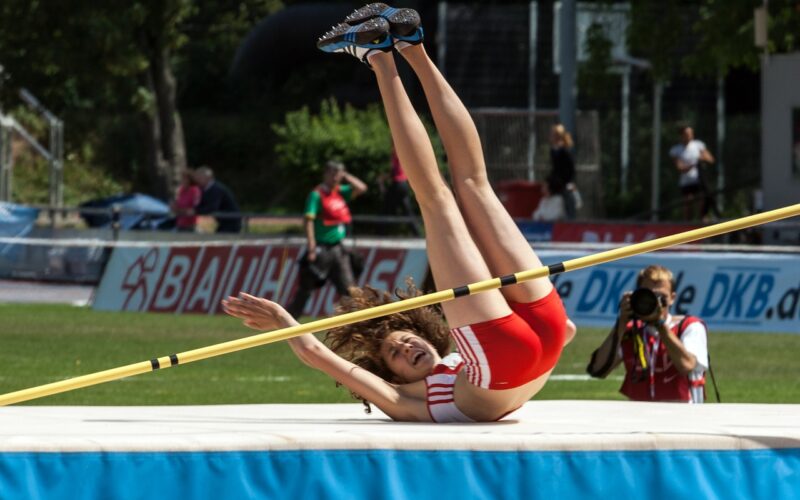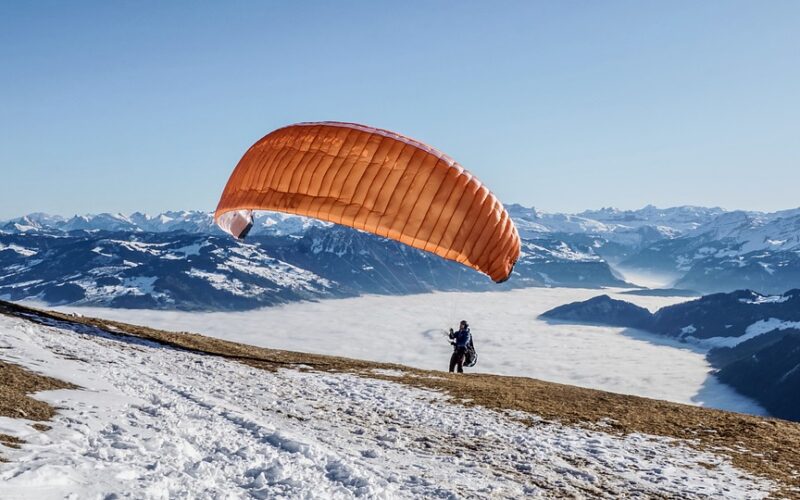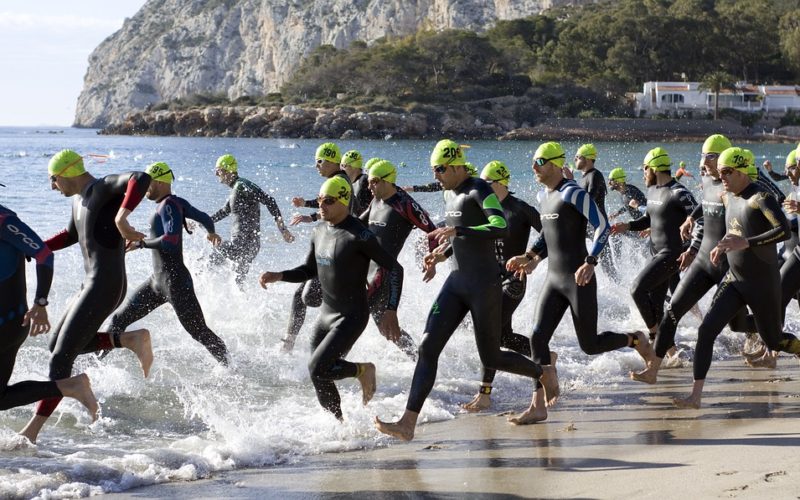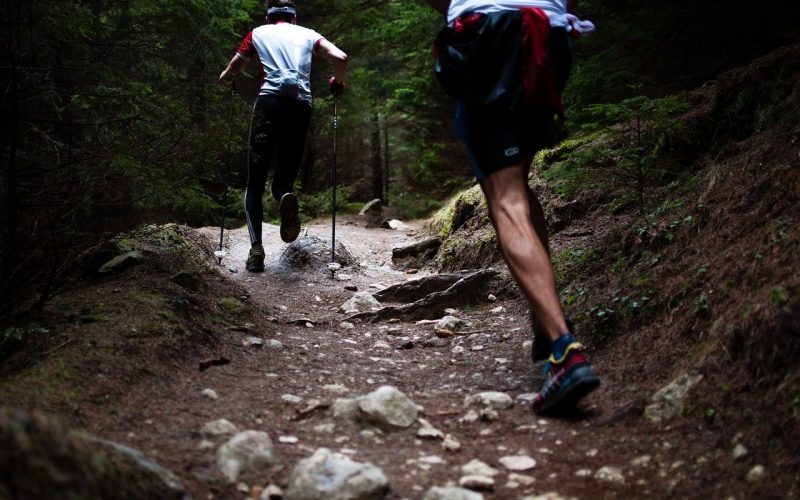Pushing The Limits Safely
Extreme sports attract thrill-seekers and adrenaline junkies, but behind the breath-taking stunts and high-flying acrobatics lies a foundation of rigorous training and meticulous preparation. Training for extreme sports is about more than just developing the physical skills necessary to perform; it’s about cultivating mental resilience, preparing the body to withstand unique stresses, and understanding the fine line between pushing your limits and staying safe.
Understanding the demands of your sport
Each extreme sport presents its own set of challenges and demands. Whether it’s rock climbing, skydiving, BMX racing, or snowboarding, the first step in effective training is to comprehend fully the sports-specific skills and physical requirements. Analysing the demands helps tailor a training program that addresses the complete range of motion, strength, agility, and endurance needed. Acknowledging factors like altitude, equipment, and the risk elements associated with your chosen sport is crucial to develop targeted training strategies.
Building a strong physical foundation
Athletes must have a robust physical base to withstand the rigours of extreme sports. This often involves a combination of cardiovascular fitness, strength training, and flexibility exercises. Building muscular strength, particularly in the core, improves overall stability, which is essential in sports where balance plays a key role. Meanwhile, cardiovascular health ensures that the body can handle prolonged periods of stress, such as those experienced during a long climb or surf session.
Mastering the mental game
Mental toughness is just as important as physical preparation in extreme sports. The ability to remain calm under pressure, make quick decisions, and overcome fear can often mean the difference between success and an unnecessary risk. Mental training techniques like visualisation, mindfulness, and goal setting can be intertwined with physical training to prepare the mind for high-stakes situations. Stress management before performing extreme sports can significantly enhance performance and safety.
Incorporating technical skills and drills
Once a base level of physical fitness and mental preparedness is achieved, athletes must hone the specific technical skills of their sport through repetitive drills and practice. This might include working on precise movements, such as turns and tricks, or learning how to read and respond to changing environmental conditions. Continual skill development ensures that movements become second nature, reducing the need for conscious thought while performing.
Prioritising rest and recovery
Rest and recovery are vital components of any extreme sports training regimen. The intensity of these sports places immense strain on the body and mind, and without adequate rest, the risk of injury skyrockets. Incorporating regular days off, quality sleep, proper nutrition, and techniques such as foam rolling or massage can accelerate recovery and provide the body with the respite it requires to train consistently and safely.
Seeking professional guidance
Working with coaches or trainers who specialise in extreme sports can provide invaluable insights into training safely and effectively. Professionals can tailor conditioning programs to meet individual needs, offer technical advice, and ensure proper technique to reduce the likelihood of injury. Additionally, they can help athletes gauge when they are ready to take on more complex and challenging tasks, a critical determination in the progression of any extreme sports practitioner.
Extreme sports training is much more than a quest for thrills—it's a disciplined approach to fitness and skill acquisition. By understanding the unique requirements of their chosen sport, athletes can strategically approach their sport with the preparation that respects not only the physical and mental challenges but also the inherent risks involved, making their experiences safer and much more rewarding.



